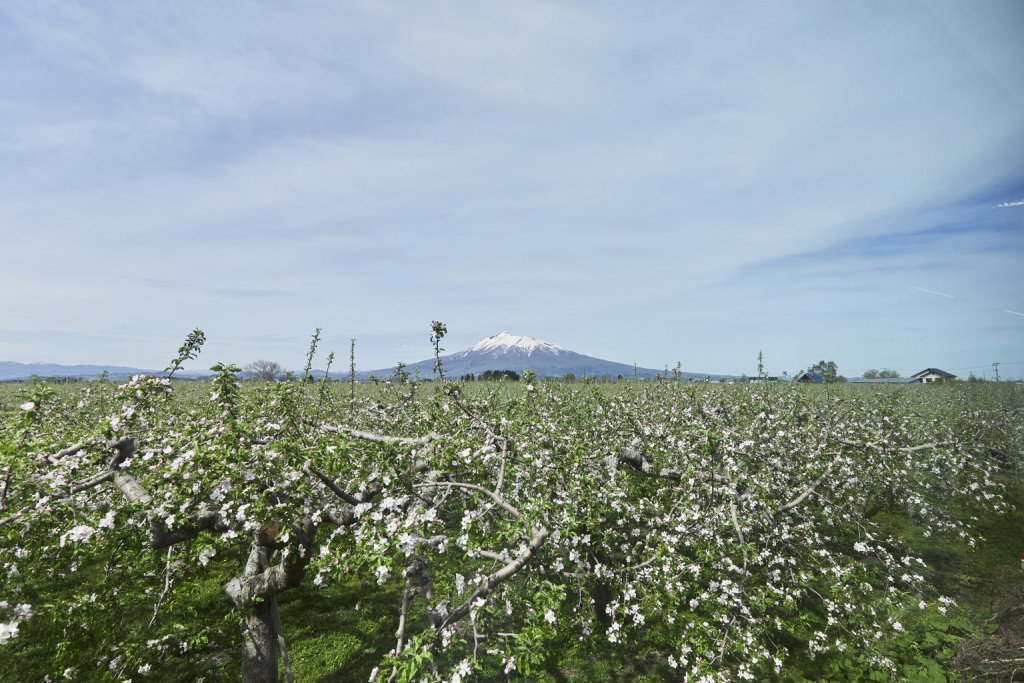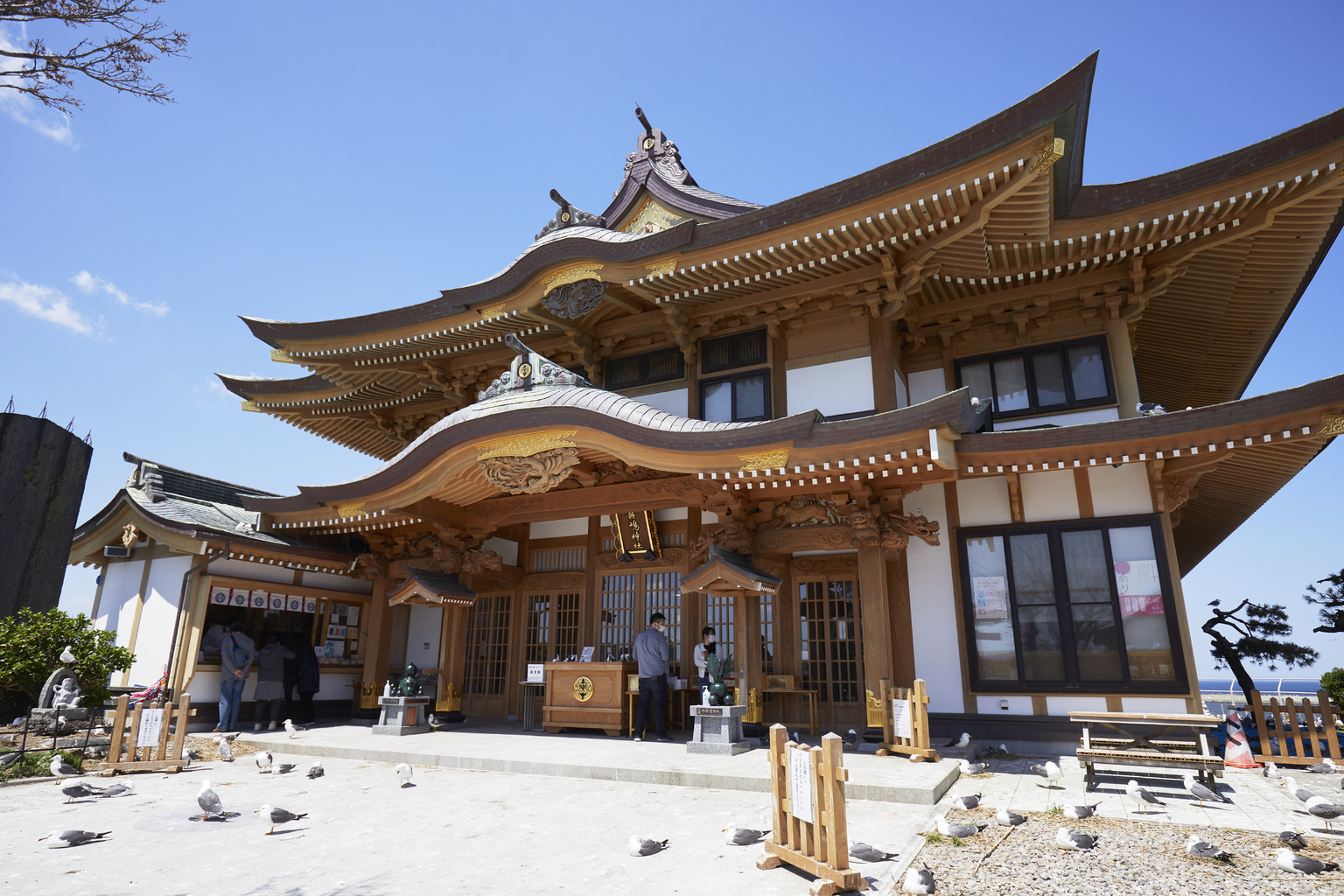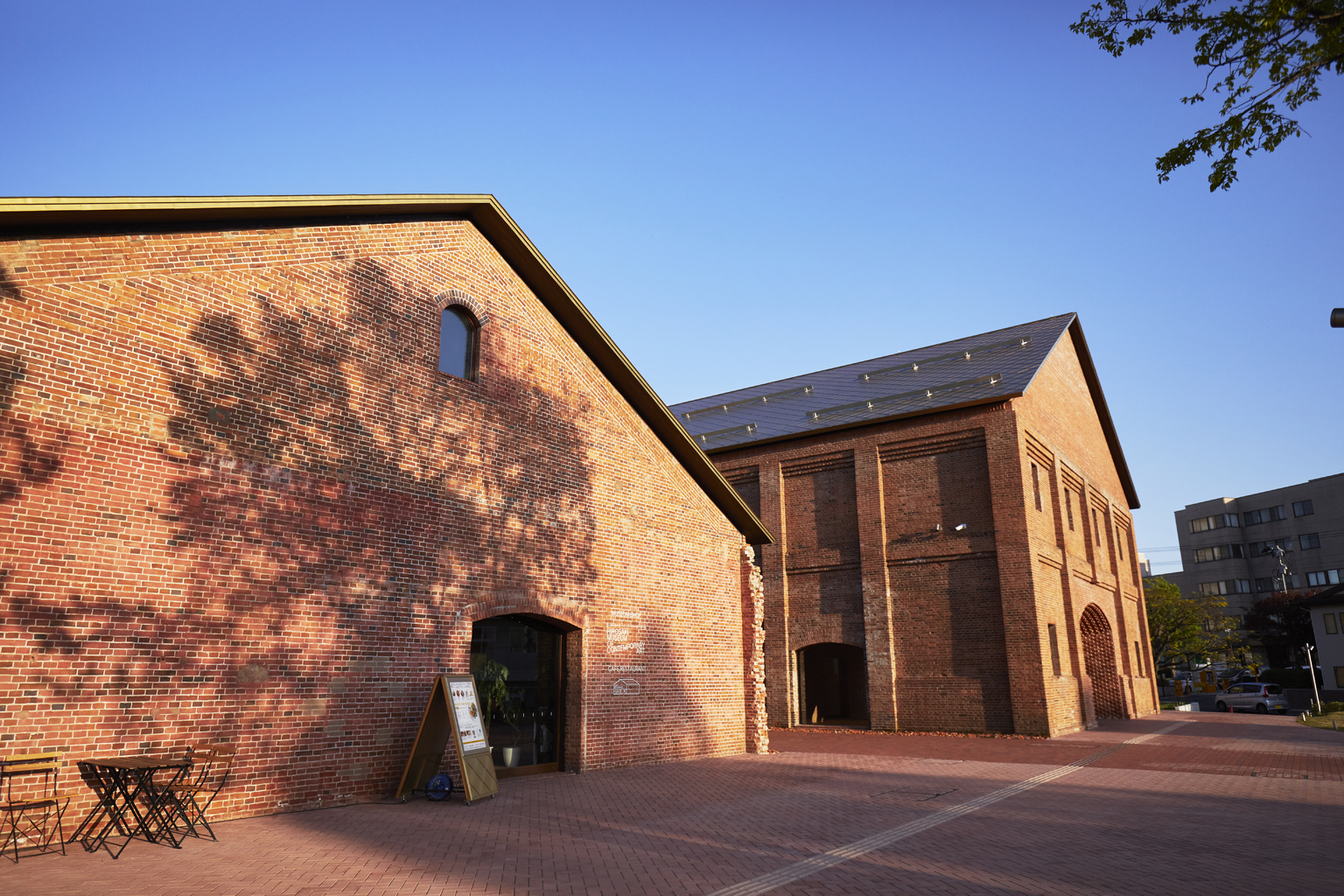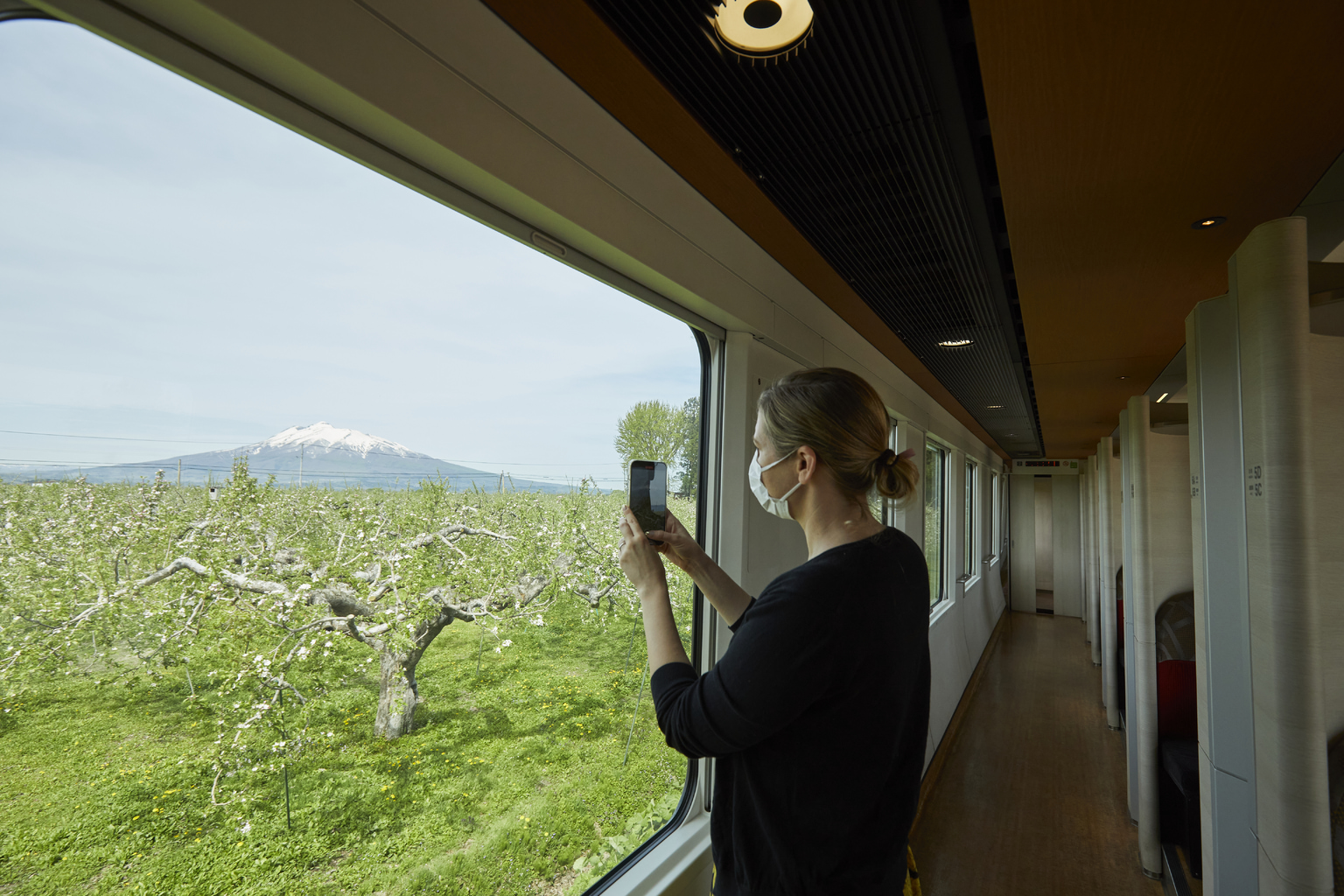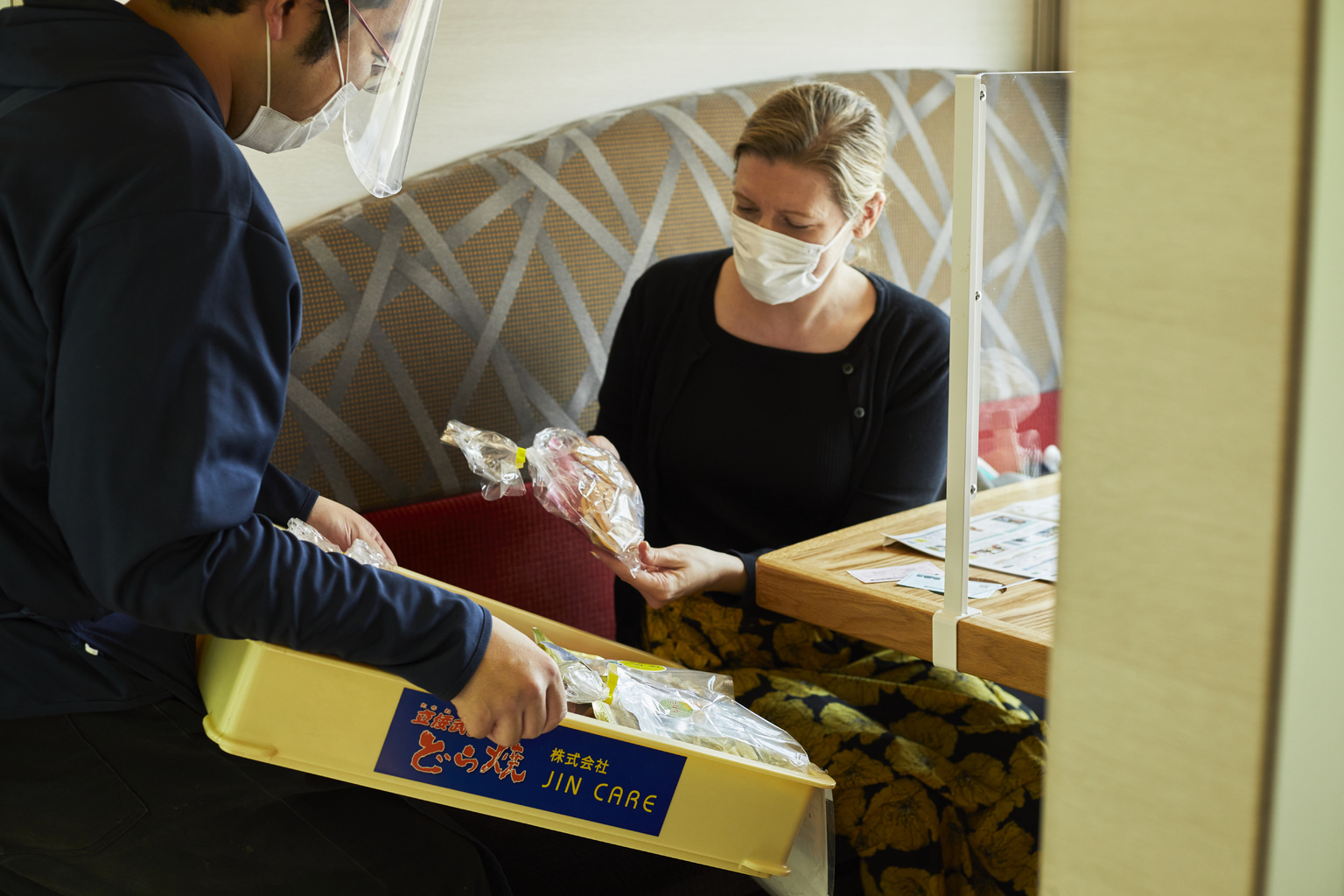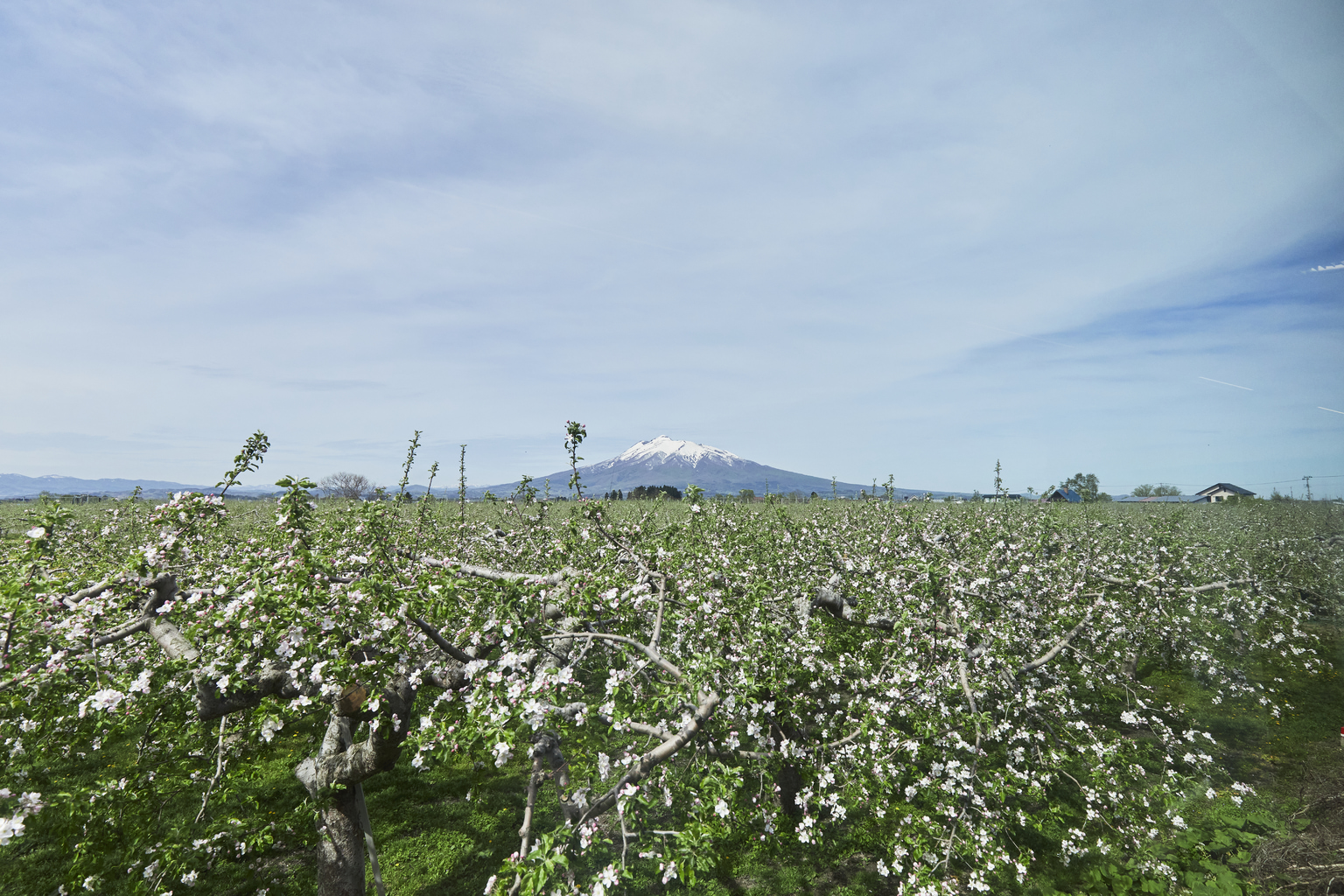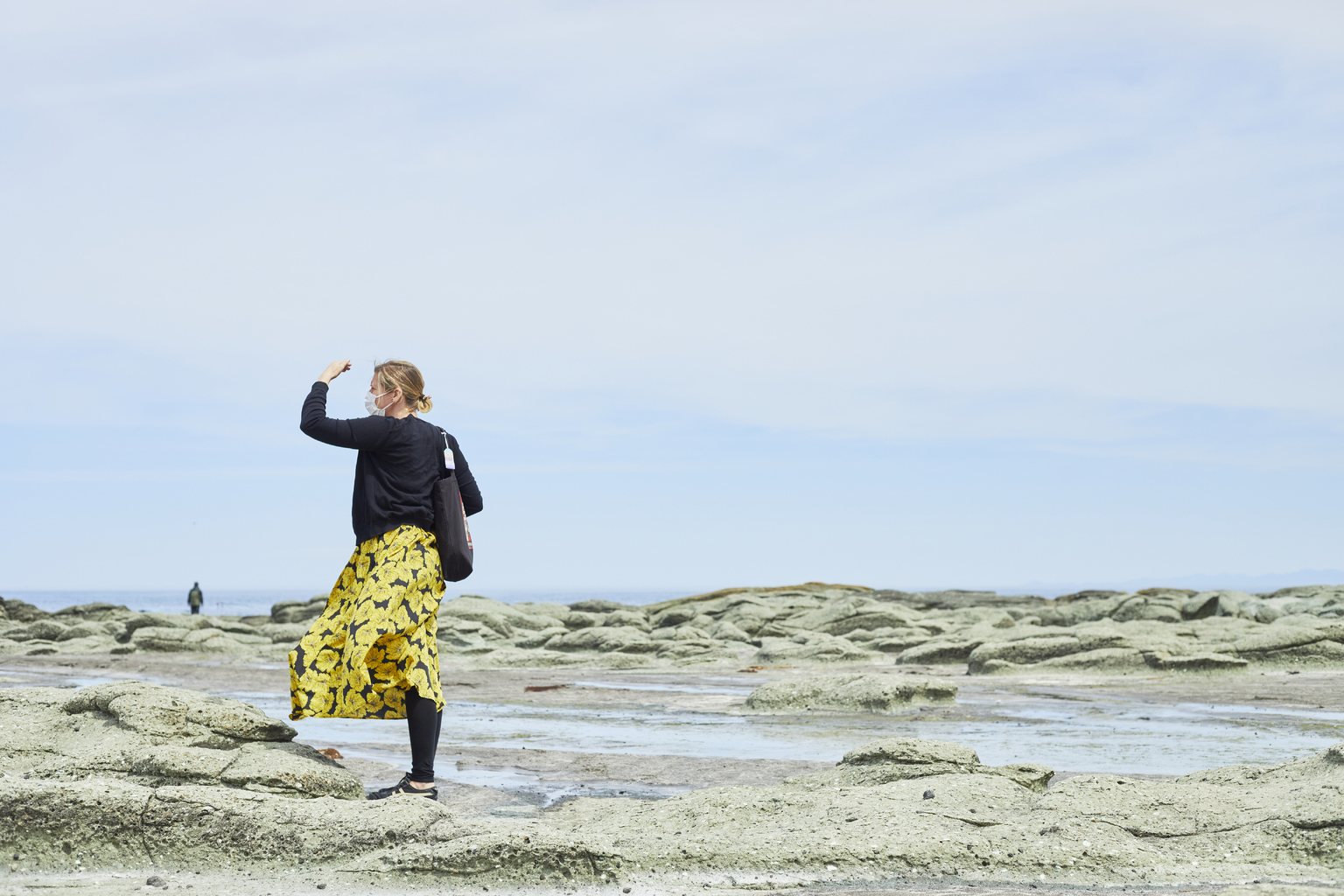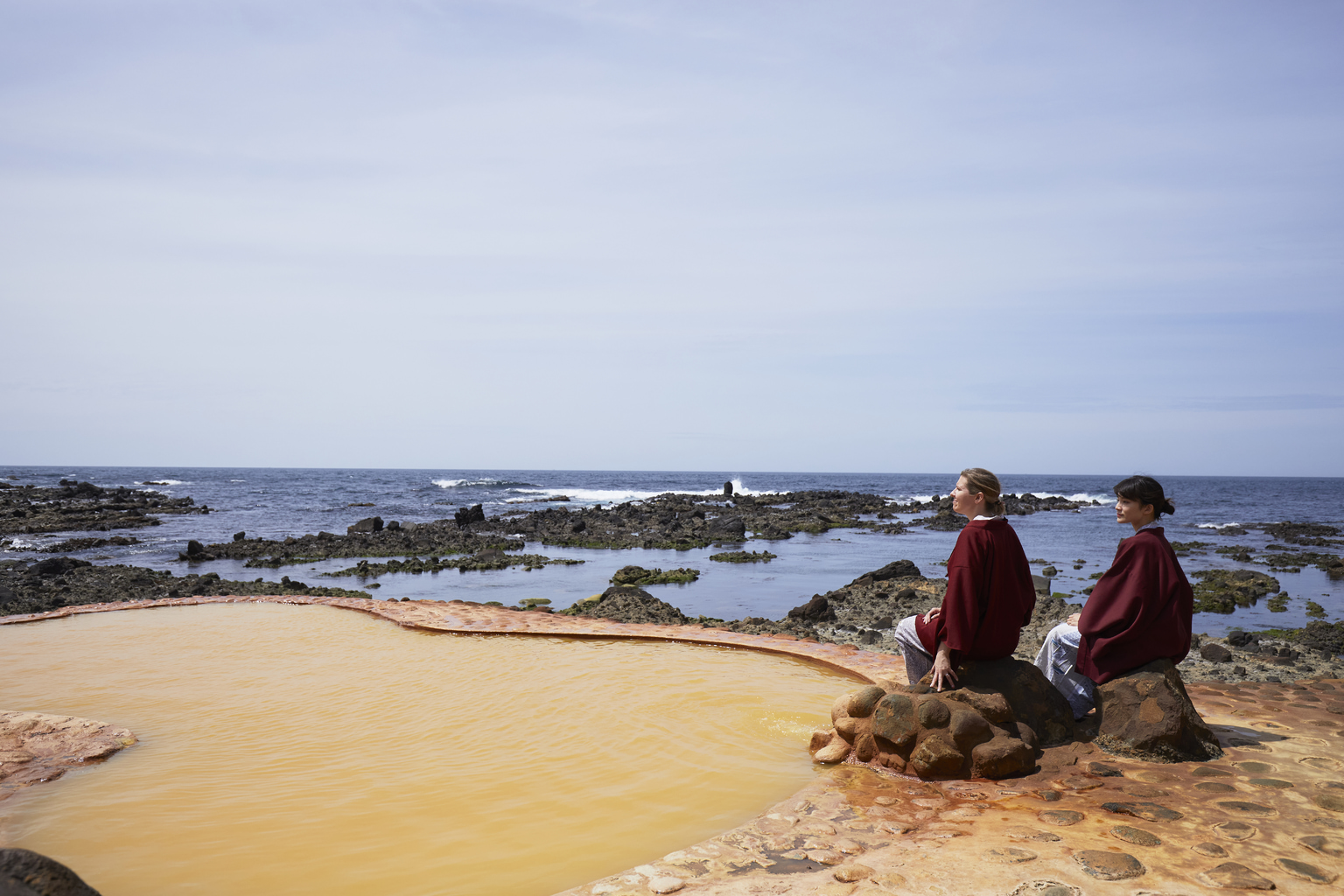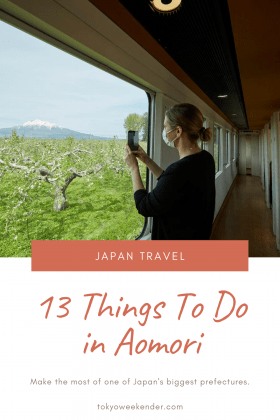Aomori Prefecture is a big place — one of Japan’s 10 largest prefectures — and yet many of us only associate Aomori with apples and snow. Which, in all honesty, isn’t entirely off base. Aomori city is the world’s snowiest city with snowfall totaling eight meters every winter and the prefecture annually produces about 415,900 tons of apples, making it Japan’s largest purveyor of this fine fruit. But there has to be more to Honshu’s northernmost prefecture, right? Here are three of my favorite areas — all within easy access to JR lines and stations — across the region.
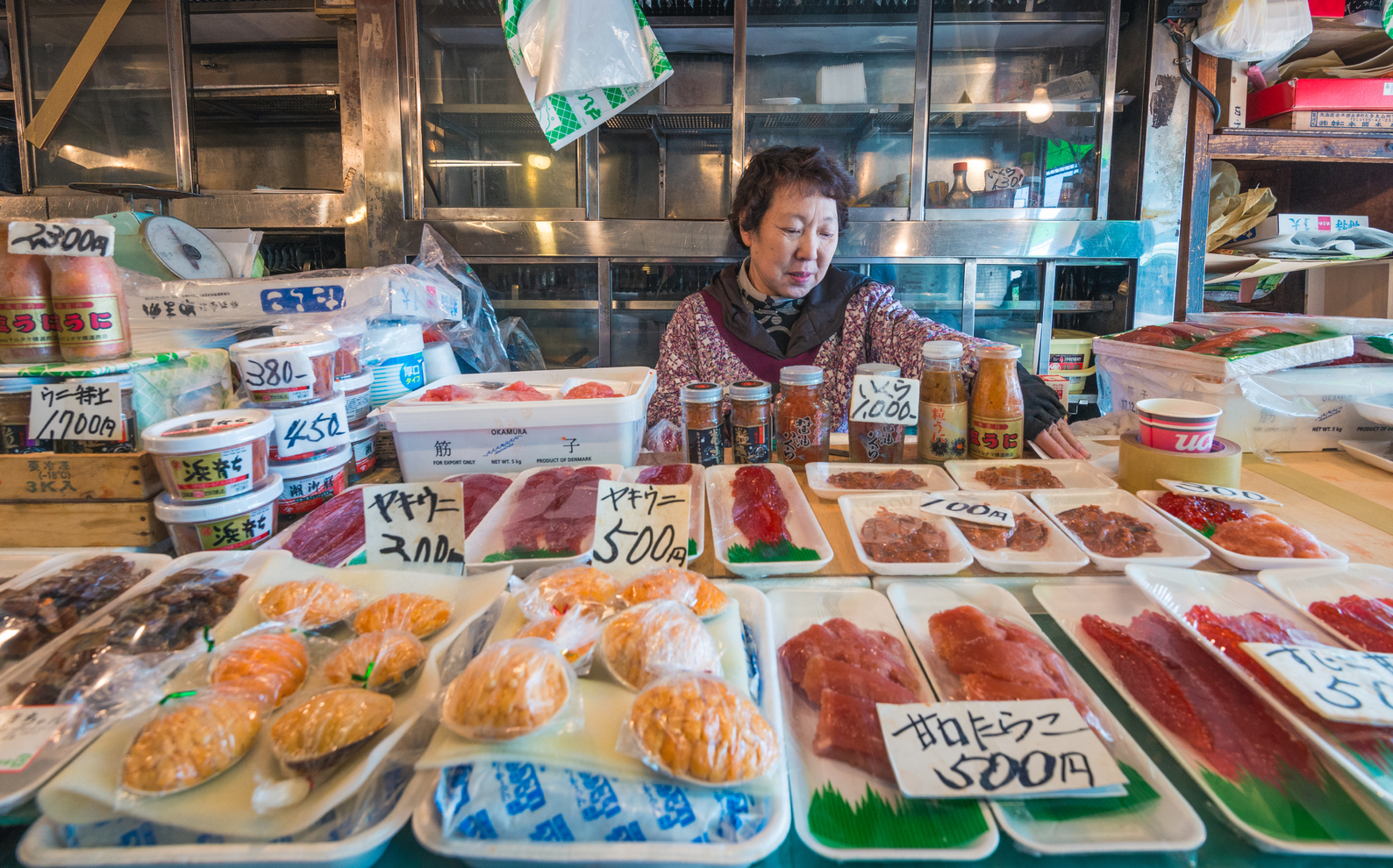
© Aomori Prefecture
Hachinohe
In Aomori’s southeastern corner lies Hachinohe, a historic hub of cultural and economic activity and seafood. Lots and lots of seafood. Hachinohe has no less than 10 regular markets, including the Mutsu Minato Ekimae Market (pictured above) and Tatehana Wharf Sunday Market, which is said to be the largest morning market in Japan. Over 400 vendors gather there every Sunday to tout their wares. Hachinohe is also famous for the rugged Tanesashi Coast, and most recently, being the entry point to the Michinoku Coastal Trail, which was completed in 2019.
Top Tip: Kabushima Shrine
Kabushima Shrine head priest Toshio Nozawa follows the seasonal changes by watching the 30,000-40,000 umineko (black-tailed gulls) that gather around the craggy Kabushima peninsula from March to August. The birds arrive in droves in March, then search for potential partners in April. By late April and May, when the rapeseed blossoms cover Kabushima in a scattered golden glow, they lay their eggs, which hatch in June. By July, the chicks are testing their wings and in August the gulls leave for warmer climes, only to return in March the following year. For what it’s worth, these chatty black-tailed gulls are one of the 100 Soundscapes of Japan.
It’s because of this half-year routine that Kabushima Shrine, which burned down in 2015 due to an electrical fault, took five years to rebuild and was finally completed in spring 2020. The shrine carpenters could only work from September to March, when the birds were gone, so as not to disturb them. But thanks to their tireless dedication and skill and mostly Aomori-sourced lumber, we get to enjoy the rarity of viewing an intricately decorated shrine built in our lifetime.
A note: if you don’t like birds, save your visit for winter. The black-tailed gulls are not aggressive, but they are unafraid and they are many. There is a high risk of stepping on poop or being pooped on. There are umbrellas at the bottom of the knoll that you can use to climb the 92 stairs up to the shrine in relative safety, but you may find comfort in knowing that if you do get some doo-doo on you, it’s considered good luck.
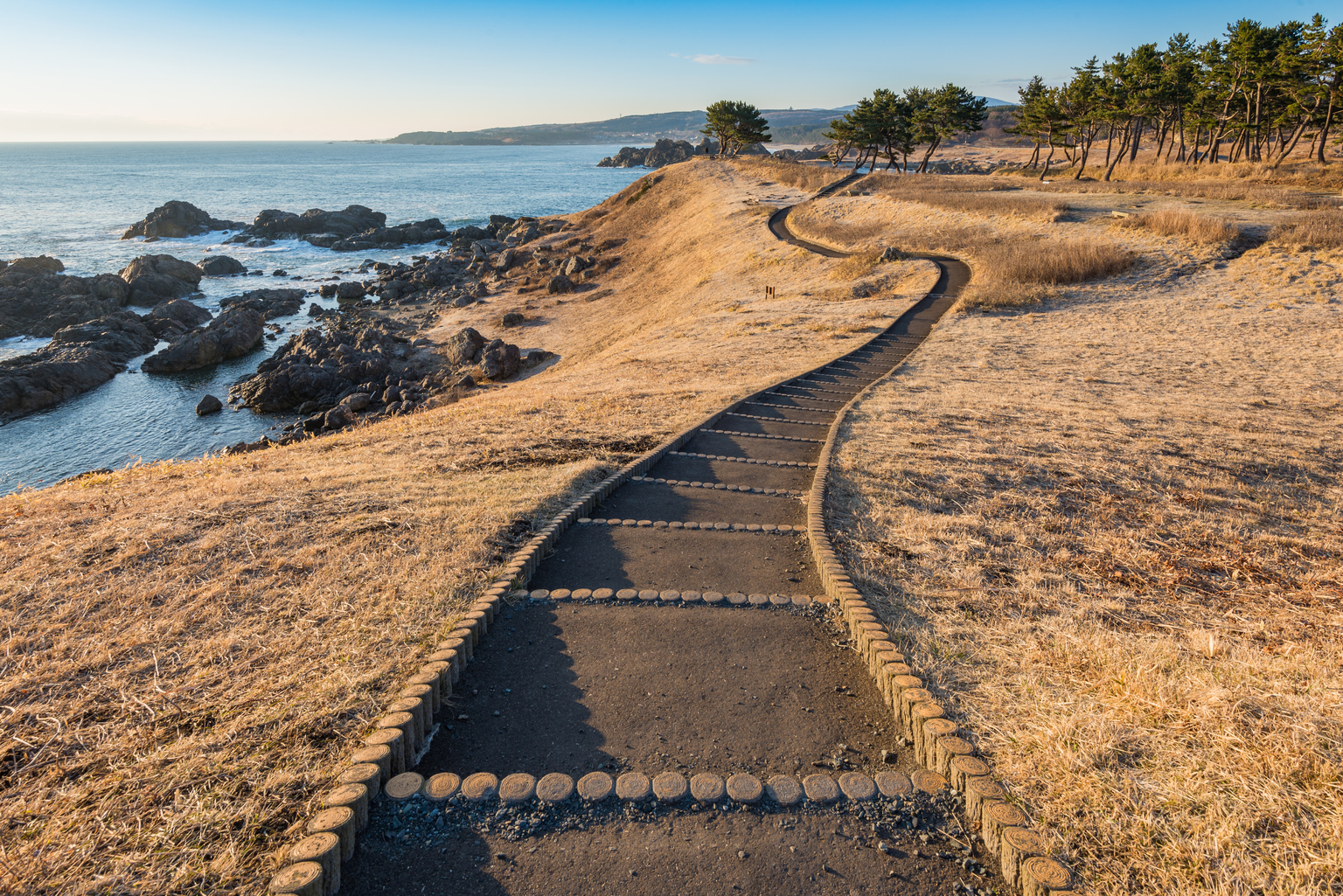
© Aomori Prefecture
Bonus Tip: The 100-yen Umineko Bus
While you’re here, take some time to enjoy the view. Grab a quick lunch at Kabunya, a newly opened souvenir shop and restaurant down the road from Kabushima Shrine, or take a stroll north along the coast and dine at Café and Gallery Umine, which offers hearty meals and unparalleled ocean views in considerable comfort. If you have a bento with you then hop on the Umineko Bus — a 100-yen trip no matter how far you go along the line — and get off where it suits you. If you’re keen on soft-serve ice cream paired with ocean views then disembark at the Ashigezaki Overlook stop, while a “singing” beach awaits at Osuka Beach.
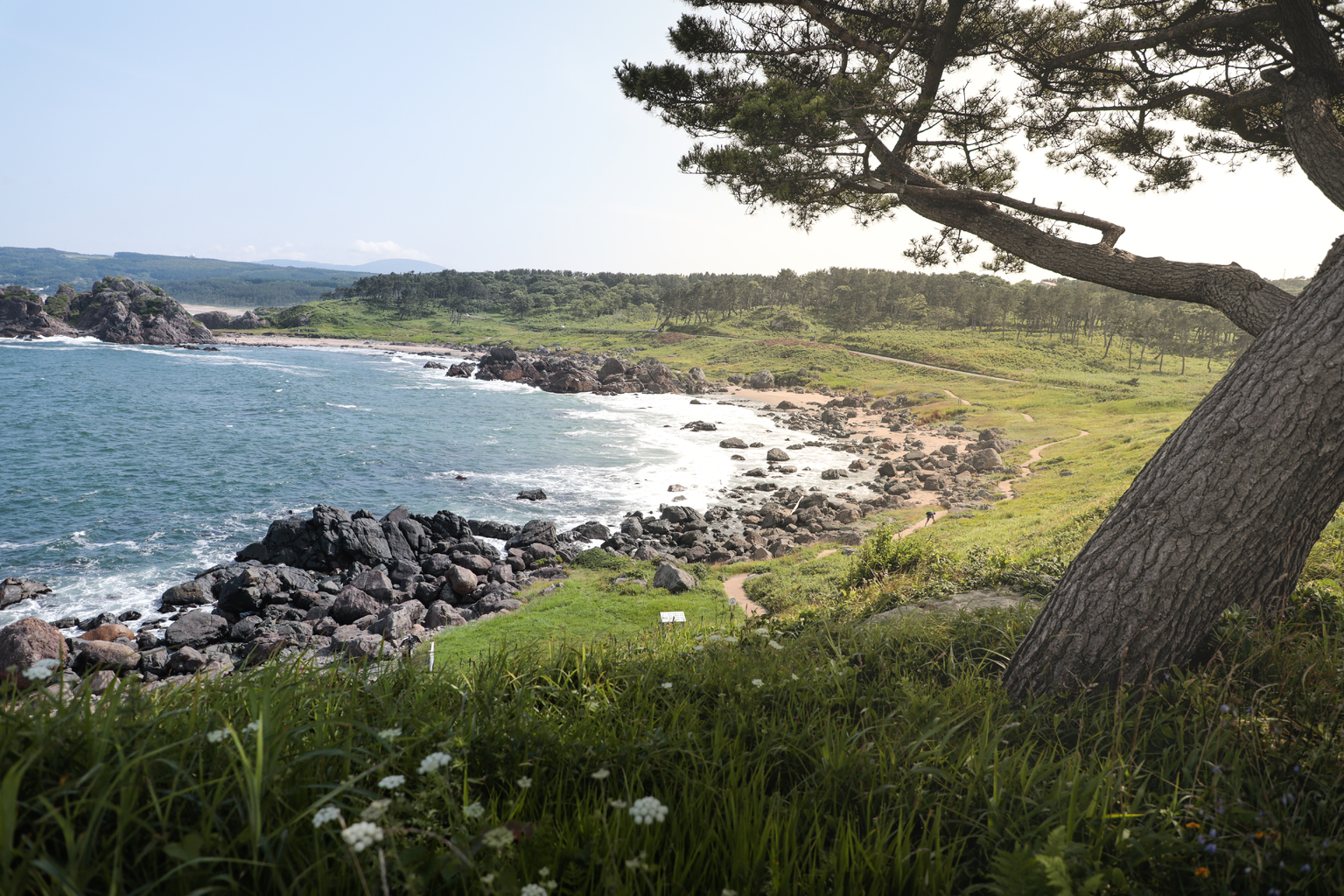
© Aomori Prefecture
Deep Dive: Michinoku Coastal Trail
Near the foot of Kabushima Shrine, you’ll find the trail head or end point (depending on where you start your journey) of the recently completed Michinoku Coastal Trail. Created as part of the redevelopment efforts after the 2011 Tohoku Earthquake and resulting tsunami, this over 1,000-kilometer multi-part foot path is the ultimate introduction to Tohoku’s east coast. It takes you from Hachinohe city in Aomori Prefecture down to Soma city in Fukushima Prefecture through pine groves, sand beaches, rural villages and more. Some parts of the trail are easier than others, so be sure to plan ahead according to your fitness level and experience.
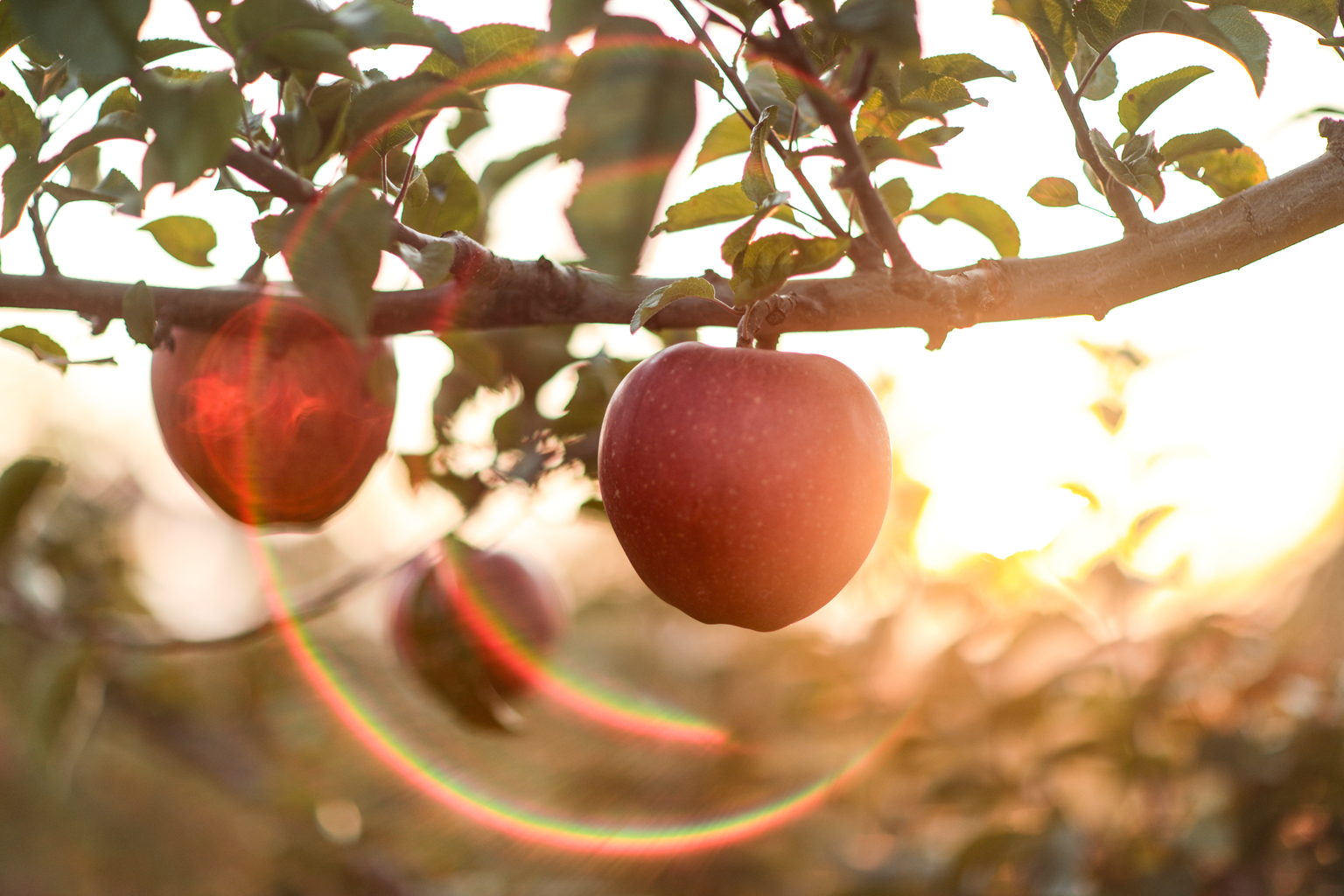
© Aomori Prefecture
Hirosaki
If you ever wonder where Aomori’s apple obsession comes from, most of it is centered around Hirosaki city. This area alone produces almost half of the prefecture’s annual harvest and is said to be the first place in Japan where apples were successfully introduced. John Ing, an American teacher and missionary, gave his students some apples in 1875 and the city hasn’t looked back since. Pick up a Hirosaki Apple Tour pamphlet to find all the best apple-related sights and locations, including Apple Park, apple traffic mirrors, apple-shaped train car straps — you get the idea. There is also an apple pie map listing almost 50 cafes and restaurants serving their own take on the dessert. If this seems too much to hunt down on your own then book an apple pie taxi, with a certified apple pie specialist who can take you to all the best places according to your specific apple pie preferences.
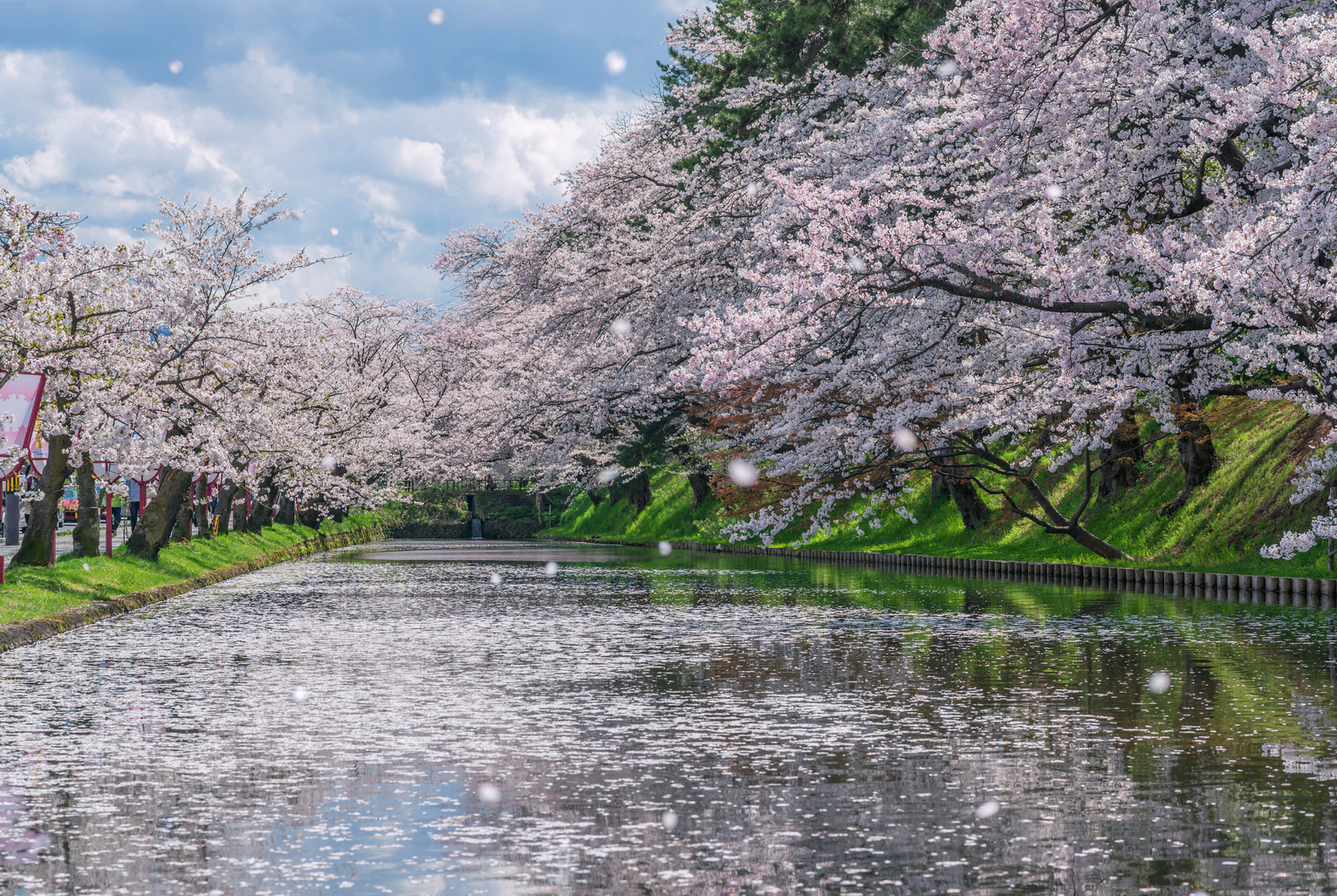
© Aomori Prefecture
Top Tip: Hirosaki Castle & Hirosaki Park
Can you even say you’ve been to Hirosaki if you’ve never visited Hirosaki Park? Most famous for its breathtaking canopies of cherry blossoms in late April to early May, Hirosaki Park transforms into a soft pink wonderland as many of its 2,600 cherry trees burst into bloom. If you come later (or earlier) in the year, fear not: the Hirosaki Castle Botanical Garden offers a host of floral displays from early April to late November. Hirosaki Castle — rebuilt during the Edo Period and still standing — is close to the middle of the park, which is constructed within the original castle grounds. Allow for at least two hours if you’re planning on walking around the whole park, more if you plan on visiting the castle and the botanical garden.
Deep Dive: Hirosaki Museum of Contemporary Art
Opening in 2020, Hirosaki Museum of Contemporary Art (MOCA) may be a new kid on the block but the building it’s in tells a unique story of Hirosaki’s development. Tosuke Fukushima had the brick warehouse built in the late 19th century on a plot of land that used to be an apple orchard. He started a sake brewery here, which later turned into the first mass-produced cider business after WWII, thanks to Isamu Yoshii’s entrepreneurial drive. After that, this iconic structure had many roles in the city — even serving as an emergency rice storage facility at one point. Now refitted and refined, it serves as a center of culture and art for locals and visitors alike. Keep your eyes peeled for obvious traces of the structure’s past, carefully preserved where possible.
The annual program consists of three seasons: a spring/summer exhibition season, an autumn-winter exhibition season and a winter events season, where residents and organizations hold performances, movie screenings and more. While you’re here, drop by the neighboring Café & Restaurant Brick for souvenirs, a fine selection of locally produced ciders and delectable dining.
The Gono Line
Even though the trains on the Gono line are in constant motion, this route is a destination in itself. It runs between Aomori and Akita prefectures and gives you everything you could ever ask for from a train trip: imposing mountains, idyllic country scenes and ocean views that span far into the horizon. Time your trip right and you can catch the sun setting over the Sea of Japan as you pass through.
Top Tip: Resort Shirakami
While the local trains on the Gono line are great, the Resort Shirakami is a lesson in excellence. As one of JR-East’s Joyful Trains, the Resort Shirakami offers great service, gorgeous views, and sumptuous interiors. Book a booth for a more intimate experience as you take in the panoramic views of apple orchards, Mt Iwaki and the Sea of Japan — you won’t regret it. For one leg of the journey, your scenic bucolic vistas will be paired with a soundtrack of live music from Aomori shamisen musicians. You may also be lucky enough to stop for a short break at Senjojiki to stretch your legs and scamper across its rugged rock formations. Local businesses board midway, selling handmade crafts and sweet treats. (I recommend the apple dorayaki and fresh-pressed apple juice, both of which are absolutely divine. The Akita cedar coasters — especially those in the form of Akita dogs — make great souvenirs.) You can take the train straight to Akita, or, do as I did and stop off at Furofushi Onsen for lunch and a quick dip in the hot springs.
Want to see what the Resort Shirakami is like? We made a quick reel about it on Instagram. Watch it here.
Deep Dive: The Gono Line Free Pass
While Japanese citizens aren’t eligible for the JR East Pass (Tohoku area), the Gono Line Free Pass is a great deal regardless of nationality. You can hop on and off as you please for two days with the pass, which only sets you back ¥3,880 for adults and ¥1,940 for kids. (There is a small fee for seat reservations if you’re boarding the Resort Shirakami.) JR East Pass (Tohoku area) holders do not need to buy the Gono Line Free Pass and can book seat reservations at no extra charge.
Fukaura
Fukaura is a small town on Aomori’s southwest coast, and a popular gateway to the UNESCO World Heritage site of Shirakami-Sanchi and its virgin beech forests. This is also where you can access the Juniko lakes, a group of 33 lakes and ponds that include Aoike, a 10-meter-deep blue pond that is so clear you can almost see to the bottom. This is also where you’ll find the Senjojiki Coast, a bedrock beach that was raised to its current level after an earthquake in 1792. Fukaura is also famous for its tuna, which can be caught almost year-round.
Top Tip: Koganezaki Furofushi Onsen
Koganezaki Furofushi Onsen is one-of-a-kind place. Its claim to fame, the two outdoor baths that almost touch the ocean, is a must. Soak in the pale orange, iron-rich waters as you listen to the waves crash against the rocks just meters away. Both day-trippers and overnight guests are welcome to take a dip but take note that one of the baths is konyoku — mixed gender — and the other is for women only. There are rental “suits” for women to wear in either of these baths if you feel shy but it’s important to note that men will, at most, be covering their nether regions with a hand towel. If you’re stopping for the day, reserve a Fukaura maguro steak-don for lunch. It’s a set meal with both tuna sashimi and tuna that you grill yourself at the table and then combine with three different types of rice. Stay overnight if you want to view the sunset from the open-air bath, or enjoy your soak under the stars.
Deep Dive: Shirakami-Sanchi
Straddling Aomori and Akita prefectures, the mountainous region of Shirakami-Sanchi is home to the last remnants of the formerly widespread Siebold’s beech tree forests. If you’re lucky, you may spot black bears or a Japanese serow while on one of the trails, and birders should be able to find at least a few of the 87 bird species that reside here. Considering the area covers about 130,000 hectares and has about a dozen hiking routes catered to a variety of levels, it’s a great place to get close to nature. For more adventurous souls, there are also guided canoeing, kayaking, mountain climbing and snowshoeing activities available depending on the season.
Aomori Prefecture: How to Get Here
The JR East Pass (Tohoku area) will get you to and around Aomori Prefecture with ease. Seat reservations (outside of the Resort Shirakami) are generally not necessary. However, you can reserve a seat on Shinkansen and limited express trains at no additional fee — with the exception of Green Cars and GranClass trains, both of which require an extra fee.
Note: The tourist facilities, restaurants, etc. mentioned may be subject to sudden closures or changes in business hours. Please check the relevant websites for updates before your departure.
Where would you like to go first? Not sure how to plan your trip yet? Check out JAPAN RAIL CAFE TOKYO for great advice and more information.
Sponsored Post

